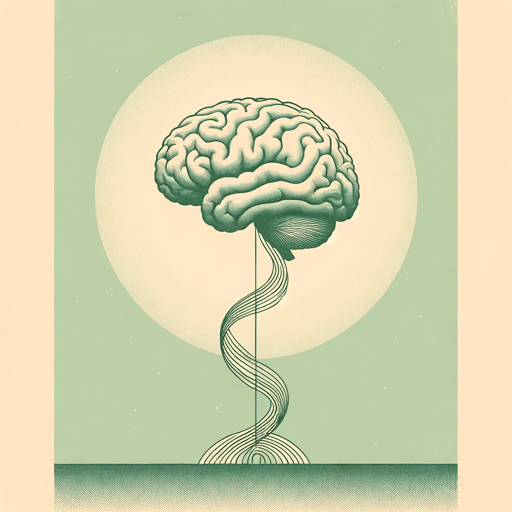46 pages • 1 hour read
Norman DoidgeThe Brain That Changes Itself: Stories of Personal Triumph from the Frontiers of Brain Science
Nonfiction | Book | Adult | Published in 2007A modern alternative to SparkNotes and CliffsNotes, SuperSummary offers high-quality Study Guides with detailed chapter summaries and analysis of major themes, characters, and more.
Background
Cultural Context: Enlightenment and Neuroscience in the 20th Century
Although cultural bias in scientific research is not central in The Brain That Changes Itself, Norman Doidge nevertheless dedicates time to explaining why the brain has long been conceived as hardwired, unchanging. He believes Enlightenment ideals, which originated in late-17th century Europe and became popularized over the past few centuries, still affect experts’ perception of human nature. An understanding of this history will allow readers to fully appreciate the groundbreaking nature of recent advances in neuroscience, while explaining why scientists of non-European descent—like Indian American neurologist V. S. Ramachandran—might not hold similar biases about brain plasticity.
The Age of Enlightenment, also called the Age of Reason, was a period of intellectual and philosophical growth characterized by a new ideal: the pursuit of empirical knowledge and rationality. This led to a radical shift in people’s approach to scientific and philosophical reasoning, with many theories challenging previous assumptions about human nature—the origins of life, natural law, constitutional government, and ethics. Among the most influential figures of the Enlightenment is French philosopher René Descartes, who argued there was a fundamental divide between the material body (including the brain) and immaterial mind (or soul). His theory would later form the Cartesian school of thought, which portrayed the body as a machine, bound to the limitations of its genetic makeup.

